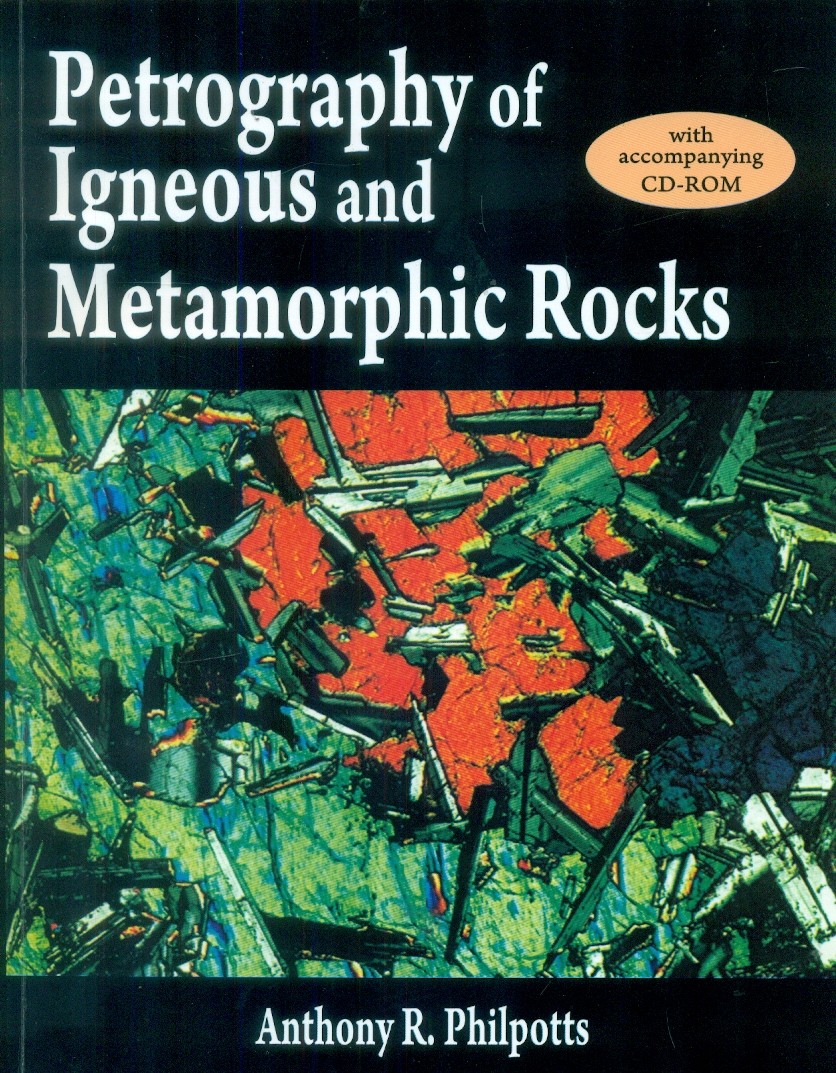Petrography Of Igneous And Metamorphic Rocks With Cd Rom (Pb 2015)
Availability :
In Stock
₹ 444.44
M.R.P.:₹ 542
You
Save: ₹97.56 (18.00% OFF)
(Inclusive
of all taxes)
Delivery:
₹ 0.00 Delivery charge
Author:
Philpotts A.R.
Publisher:
cbs
Edition:
1st
ISBN-13:
9788123926650
Publishing Year:
2015
No. of Pages:
178
Language:
English
Book Binding:
Paperback











